What will learn form this article?
Basic Parts of Reciprocating IC Engine.
Engine Nomenclature or basic terminology used in Engine.
In my last article we have learn about engine and its types. IC engine is one of the most important types of heat engine, which convert chemical energy into mechanical energy by burning of fuel inside a cylinder. This seems quite simple but to perform this function, a highly complex machine is used. This machine contains hundreds of components which works together to produce power. Some of basic components every IC engine has are as follow.
Basic Parts of Engine:
Cylinder Block:
The cylinders of multi-cylinder engine are cast in one unit, called cylinder block. It is main body of IC engine. The cylinder head mounted on it. It is provided by water jacket in case of water cooling and with fins in case of air cooling.
Cylinder Head:
This is bolted upper side of cylinder block. It has holes for valves and injector or spark plug. A gasket provided between cylinder block and cylinder head to make it air tight.
Piston:
It forms moving boundary into engine cylinder. It has grooves for sit piston rings and oil rings. Upper section of piston is concave which increases combustion chamber area.
Combustion Chamber:
The space enclosed between cylinder head and piston top when it is at top dead center (highest upper movement of piston) is called combustion chamber.
Manifold:
The piping system which connects inlet system to inlet valve and outlet system to outlet valve, is known as manifold. It has two types, inlet manifold and outlet manifold.
Valves:
A valve is used to regulate the charge coming into the cylinder and regulates exhaust gases going out the cylinder. They are commonly mushroom shaped and provided either on cylinder head or at side of the cylinder. Intake is regulate by inlet valve and exhaust is by outlet valve.
Spark Plug:
As the name implies it is used to ignite the charge. It is used in SI (petrol) engine.
Injector:
Injector is used in CI (diesel) engine. It regulates fuel supply into the cylinder by injecting fuel.
Connecting Rod:
This is used to connect piston to crankshaft. It has two ends. one is small end and other one is big end. Small end is connected by piston through gudgeon pin and big end is connected by the crankshaft.
Crankshaft:
It is first part of engine, which is in pure rotary motion. The cranks are provided on it for rotary and reciprocating balancing of engine. The crankshaft is enclosed in crank case.
Piston Rings:
Piston rings provides tight seal between piston and cylinder wall, thus preventing leakage of combustion gases.
Gudgeon Pin:
It connects small end of connecting rod to piston.
Camshaft:
Cam shaft are used to control the opening and closing of inlet and exhaust valve through associated parts like push rods, rocker arms, valve spring and tappets.
Cams:
Cams are integral part of camshaft. It is design to open the valve at correct timing.
Fly Wheel:
The last but the least part of engine is flywheel. An engine provides fluctuating force at crankshaft. This fluctuating torque converted into uniform torque by flywheel.
Nomenclature or Engine Terminology:
The basic definitions to define engines are as follow.
Cylinder Bore (d) : it is inner diameter of cylinder and expressed in millimeter in SI units.
Piston Area (A): The area of circle whose diameter is equal to cylinder bore is known as piston area.
Top Dead Center: When the piston moves upward, the upper most position inside the cylinder at which, it can travel is known as top dead center. It is position of piston when it is farthest form the crankshaft.
Bottom Dead Center: When piston moves downward, the lower most position inside cylinder at which, it can travel is known as bottom dead center. It is position of piston when it is nearest form the crankshaft.
Stroke (L): Distance between TDC and BDC is called stroke. Sometimes it is known as stroke length.
Stroke bore ratio: This is ratio of stroke and bore. If it is greater than one, the engine is called under square engine, if it is equal to one, the engine is called square engine and if it is less than one the engine is called over square engine.
Swept volume (Vs): The volume swept by the piston is called swept volume. It is product of piston area and stroke. It is expressed in centimeter cube.
Clearance volume (Vc): It is volume of combustion chamber when piston is at TDC. It is expressed in centimeter cube.
Total cylinder volume (Vt): it is volume of cylinder, when piston is at BDC. It is sum of clearance volume and swept volume.Compression Ratio (r): Ratio of total cylinder volume to clearance volume is known as compression ratio.
Now you should ask yourself these questions?
What are main component of reciprocating IC engine?How engine convert chemical engine into mechanical energy?What are main terminologies used in IC engine?
If you like this article, asks questions in comment box, share it on your social network and subscribe our website.


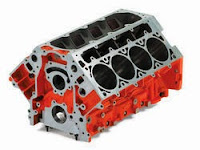
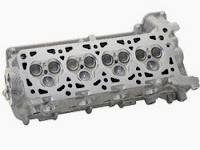
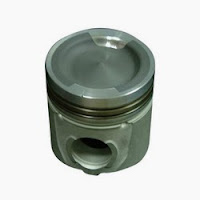
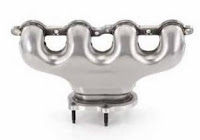
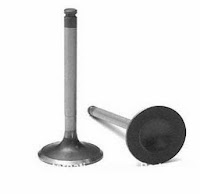

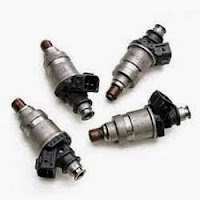
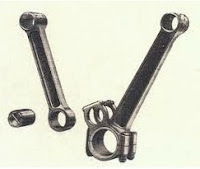
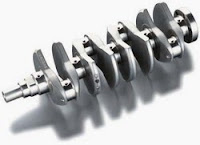
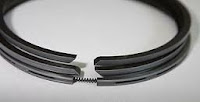
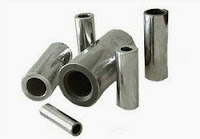
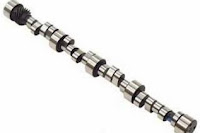
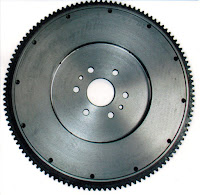
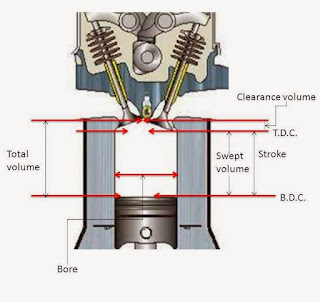



I would like to know more about push rods, rocker arms, valve spring and tappets.
I will like to learn more sir engine
I will to learn more about si engine